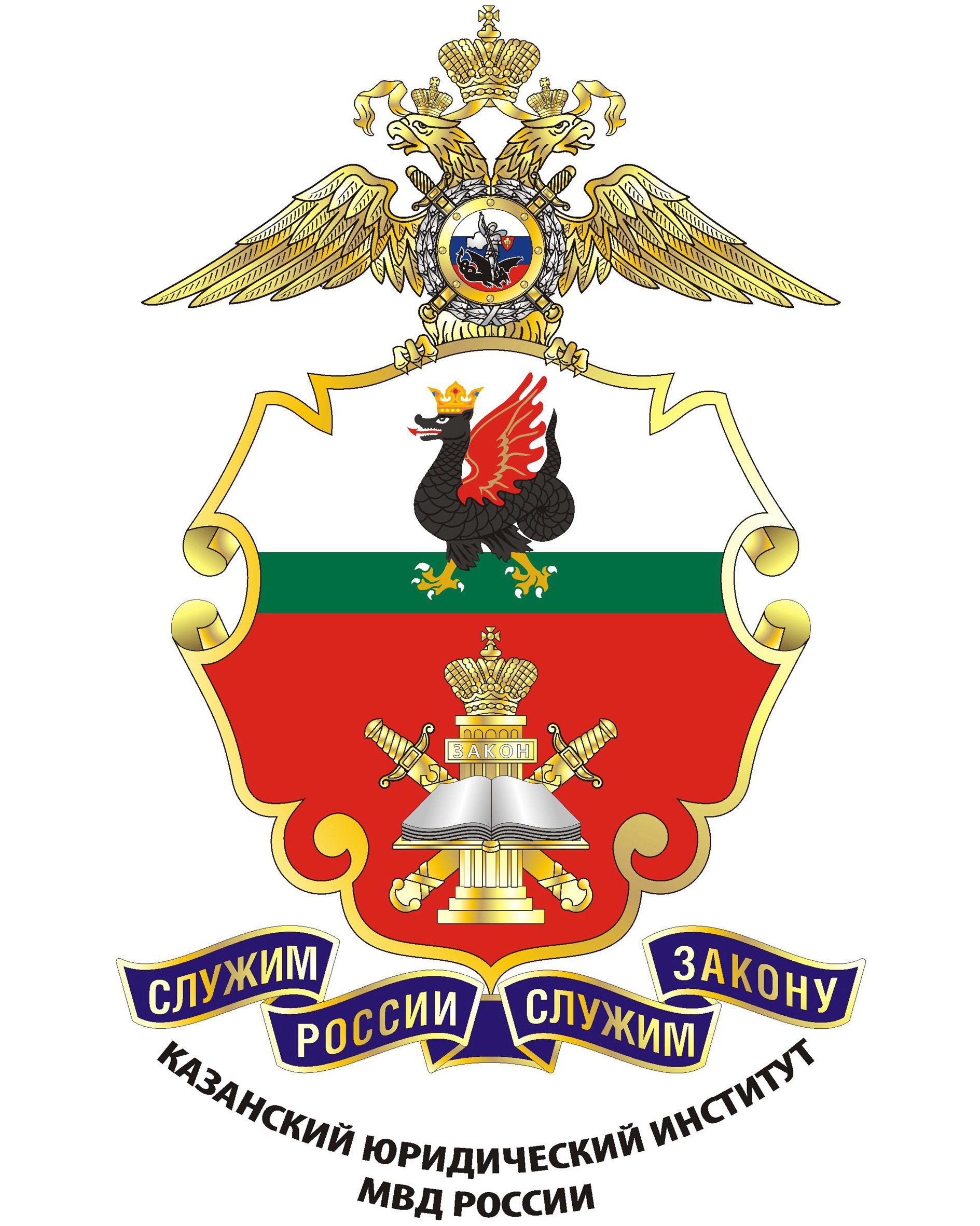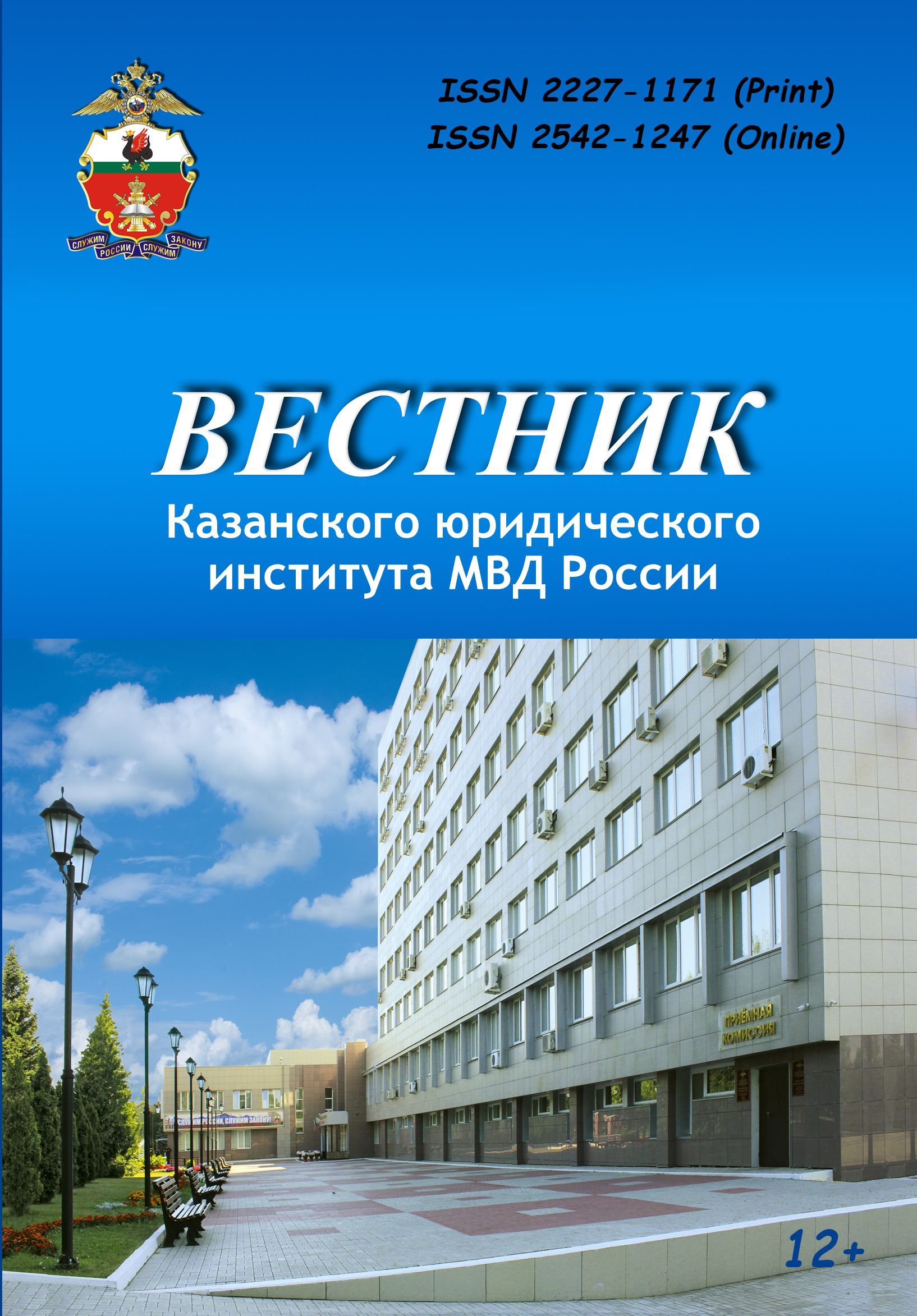Introduction: law enforcement and administration of forces in public order is high-runner process. The article gives the analysis of foreign administration of forces and the classification of modeling techniques. Materials and Methods: analytical way and method of scientific classification when considering possibilities of the use of the methods of modeling in police activities. Results: the article deals with the review of foreign research on modeling guard management in law enforcement. The use of various methods of modeling to resolve any given issues in managing resources of police officers. Discussion and Conclusions: it shows that modeling gives the possibility to choose the most effective way of organization of forces and resources. Foreign methods gained much experience of modeling of various processes of law enforcement, particularly patrol and inspection service. The greatest challenge in modeling complex situation and systems is in model generation and choose the right characteristics. To achieve goals of law enforcement, it is possible to use various types of modeling with different degrees of convergence towards the real situation. To make a right choice and achieving a model it is necessary to research thoroughly the object of modeling. Depending on the goal of the modeling (study of development of situations or analysis of sequence of actions) selection of direct or transitive modeling performed.
modelirovanie, sily i sredstva pravoohranitel'nyh organov, patrul'no-postovaya sluzhba, operativnoe uchenie, komandno-shtabnaya igra, simulyaciya, analiticheskoe modelirovanie, agentskoe modelirovanie
1. Taylor P.E., Huxley S.J. A break from tradition for the San Francisco Police: patrol officer scheduling using an optimization-based decision support system // Interfaces. 1989. № 19.
2. Curtin K.M. Hayslett-McCall K., Qiu F. Determining optimal police patrol areas with maximal covering and backup covering location models // Networks and Spatial Economics. 2010. № 10.
3. Mitchell P.S. Optimal selection of police patrol beats // The Journal of Criminal Law. 1972. № 63 (4).
4. D’Amico S.J., Wang S.J., Batta R., Rump C.M. A simulated annealing approach to police district design. Resurs v seti Internet Operations Research. 2002. № 29 (6).
5. Aly A.A., Litwhiler D.W. Police briefing stations: a location problem // AIIE Transactions (0569-5554). 1979. № 11.
6. Berleant D., Cheong M.-P., Chu C., Guan Y., Kamal A., Ferson S. and Peters J.F. Dependable Handling of Uncertainty // Reliable Computing. 2003. № 9.
7. Raiffa H. Decision Analysis: Introductory Lectures on Choices under Uncertainty. Reading, Mass.: Addison-Wesley 1970.















